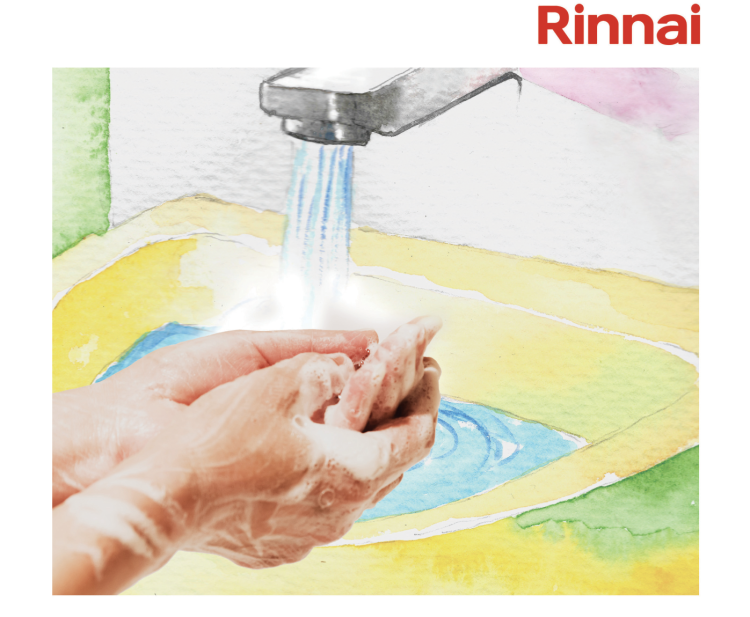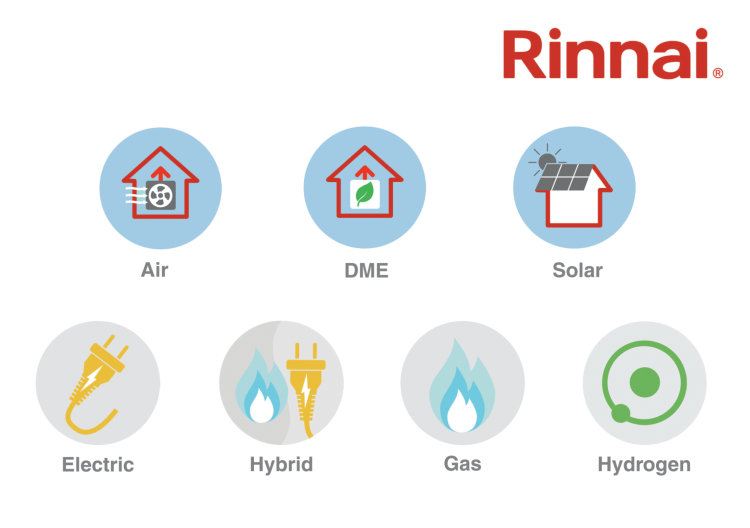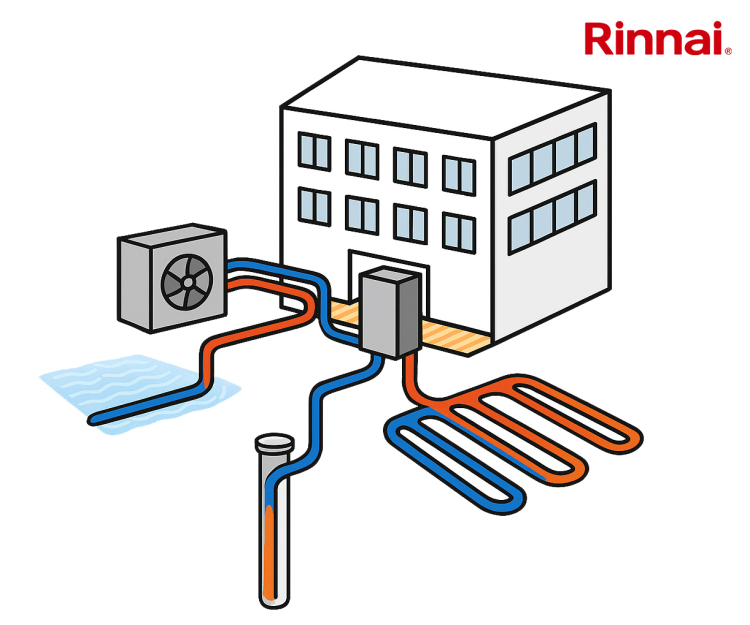14 May 2020 | Updated 12 August 2020
Guidance to help businesses to re-open and operate safely has been published by the government.
Back in March, the government unveiled its original Coronavirus action plan, and TWinFM published guidance from the FM world on how best to protect workplaces pre-lockdown.
At that time, the official guidance was very much focussed on hand hygiene, the handshake debate and maintaining routine cleaning. As Boris Johnson said at the time: "We must not forget what we can do to prevent this virus, wash your hands with soap and hot water for the length of time it takes to sing happy birthday twice."
As the UK enters its seventh week of lockdown, the days of this being enough of a contingency plan seem a distant memory. In an attempt to ease lockdown restrictions, the government has today published new guidance on how to get back to work safely.
From the point of view of facilities managers returning to work, what are the key messages from the new guidelines?
Getting your workplace COVID-19 secure
Over the past few weeks, many FM providers have been pre-empting today’s guidelines, and publishing their own advice on how to get your workplace COVID-19 secure, including Mitie and Atalian Servest.
According to today’s official press release, the government has consulted approximately 250 stakeholders in preparing this guidance. It has been developed with input from firms, unions, industry bodies and the devolved administrations in Northern Ireland, Scotland and Wales and in consultation with Public Health England (PHE) and the Health and Safety Executive (HSE).
The guidance covers eight workplace settings which are allowed to be open:
- Outdoor working environments.
- Factories, plants and warehouses
- Labs and research facilities
- Offices and contact centres
- Other people's homes
- Restaurants offering takeaway or delivery
- Shops and branches
- Vehicles
Risk assessments
The guidance states that all employers must carry out a COVID-19 risk assessment.
To assist with this, the government has made available up to an extra £14 million for the HSE, equivalent to an increase of 10% of their budget, for extra call centre employees, inspectors and equipment.
Employers are being asked to consider the following steps:
- Increasing the frequency of handwashing and surface cleaning
- Making every reasonable effort to enable working from home as a first option. Where working from home is not possible, workplaces should make every reasonable effort to comply with the social distancing guidelines set out by the government (keeping people 2m apart wherever possible)
- Where the social distancing guidelines cannot be followed in full, in relation to a particular activity, considering whether that activity needs to continue for the business to operate, and, if so, taking all the mitigating actions possible to reduce the risk of transmission between their staff
- Finally, if people must work face-to-face for a sustained period with more than a small group of fixed partners, assessing whether the activity can safely go ahead. No one is obliged to work in an unsafe work environment
Prioritise home working
The new guidance appears to continue to prioritise home working wherever possible: “Objective: That everyone should work from home, unless they cannot work from home.”
Employers are being asked to carefully consider which parts of the workforce are actually needed to be present on-site. Workers in roles critical for business and operational continuity, safe facility management, or regulatory requirements and which cannot be performed remotely are given as an example.
Workers in critical roles which might be performed remotely, but who are unable to work remotely due to home circumstances or the unavailability of safe enabling equipment is also considered as a mitigating factor.
Social distancing at work
Where it’s not possible for large groups of the workforce to work from home, the current guidance is to make maintaining the required social distancing at work as easy as possible.
A key part of this is reviewing layouts and processes to allow people to work further apart from each other. Moving workstation further apart is the best solution, but where this is not possible, arranging people to work side by side or facing away from each other is given as the best alternative.
Managing occupancy levels and considering staggered working patterns are also suggested, with an emphasis on reducing touchpoints as much as possible.
Examples given include deactivating turnstiles requiring pass checks in favour of showing a pass to security personnel at a distance, and avoiding the use of hot desks.
Managing visitors
The objective regarding visitor management is to minimise the number of unnecessary visits to offices. Seven general suggested steps are:
- Encouraging visits via remote connection/working where this is an option
- Where site visits are required, site guidance on social distancing and hygiene should be explained to visitors on or before arrival
- Limiting the number of visitors at any one time
- Limiting visitor times to a specific time window and restricting access to required visitors only
- Determining if schedules for essential services and contractor visits can be revised to reduce interaction and overlap between people, for example, carrying out services at night
- Maintaining a record of all visitors, if this is practical
- Revising visitor arrangements to ensure social distancing and hygiene, for example, where someone physically signs in with the same pen in receptions
Hygiene in the workplace
Clearly, hygiene and maintenance of cleaning standards in the workplace will now take on a new stringency, with an emphasis on touchpoint cleaning, hand hygiene and workspace disinfection.
Ventilation is also highlighted as a key step before reopening, with the advice being to open windows and doors frequently.
Reducing the transmission through contact with objects that come into the workplace and vehicles at the worksite is also given its own set of rules, including introducing cleaning procedures for goods and merchandise entering sites.
Restricting non-business deliveries, for example, personal deliveries to workers is also cited as consideration.
Picture: A photograph of an empty office
Article written by Ella Tansley | Published 14 May 2020
Share
Related Articles
COVID-19 Contingency Planning Guide For Facilities Managers – Part Three
It’s been several months since COVID-19 was declared a global pandemic by WHO, and the FM industry continues to meet the various challenges it presents.
Previous...
Read Full Article
COVID-19 Contingency Planning Guide For Facilities Managers
After the government unveiled its Coronavirus action plan, following a growing number of cases in the UK, it’s more important than ever that the FM sector continues...
Read Full Article
Are Offices a Greater COVID Risk Than Supermarkets and Restaurants?
Data from Public Health England suggests that office environments have had more COVID outbreaks than other workplaces.
Figures obtained by the BBC 5 Live...
Read Full Article
HSE COVID-Secure Spot Checks Continue Throughout UK
As Greater Manchester and South Yorkshire move into tier three of lockdown, the Health and Safety Executive will continue to operate safety inspections to check for...
Read Full Article
Has COVID-19 Impacted Corporate Social Responsibility?
Coronavirus may have forced businesses to review their social accountability, but has CSR in general taken a backseat throughout the pandemic?
Prioritising CSR...
Read Full Article
COVID-19 – Casting A Spotlight On Facilities Management Outsourcing
Tim Wright, partner at international law firm Fladgate, shares his thoughts on the ongoing challenges around facilities management outsourcing amid the COVID-19 pandemic....
Read Full Article
Memorial to Transport Workers who Lost Their Lives to COVID-19 Unveiled
A new memorial in Aldgate that commemorates transport workers who passed away due to COVID-19 has been officially opened by the Mayor of London Sadiq...
Read Full Article
MPs’ COVID-19 Report Calls on Minimum Standards for Hygiene Infrastructure
MPs are recommending a series of measures to prepare the UK for future public health emergencies, resulting from an inquiry into the role of cleaning during the COVID-19...
Read Full Article
Sodexo’s Head of Health & Safety Named COVID Workplace Champion
April Harvey from Sodexo has been recognised for her role as health, safety and risk lead in the mobilisation of the first COVID quarantine facility and COVID-19 test...
Read Full Article
Omicron Variant – What are the Facts?
It remains unclear how much of a threat the new Omicron COVID-19 variant poses, so what are the definitive facts?
On 26 November 2021, the World Health Organisation...
Read Full Article


.gif)

.gif)

.gif)





.png)

